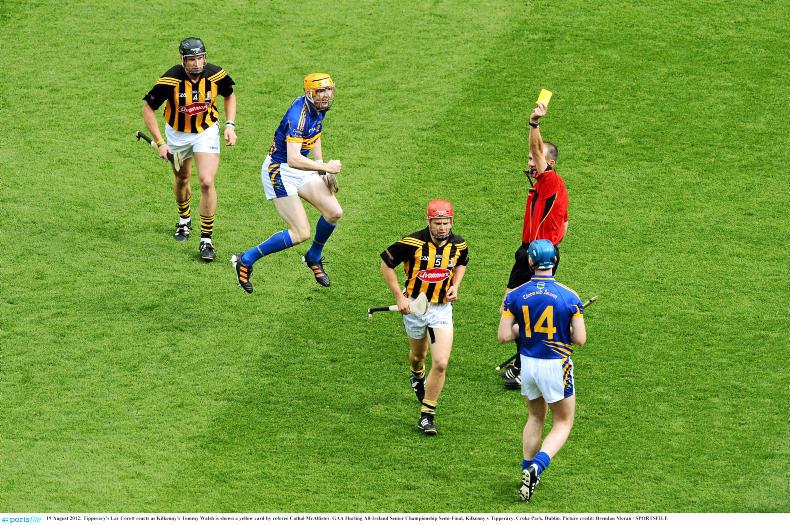The revised penalty regime applies from the 2016 BPS in application of the European regulation announced by Agriculture Commissioner Phil Hogan at the start of this year.
The penalty system is simplified for over-declarations by more than 3% or 2ha: in those cases, payment is based on the actual eligible hectares reduced by 1.5 times the amount over-claimed. For example, if a farmer is entitled to 100ha but claims 108ha, the BPS will be paid on 100-8x1.5=88ha only.
Where gradual penalties were previously imposed in proportion to over-declaration up to a point where they could erase a farmer’s BPS for the year and reduce those of the three following years, the penalty can no longer exceed the current year’s full BPS. Only those farmers who do not pay a penalty during the current year will see cuts to their payments in the following three years.
Yellow card
In addition, the yellow card system means that only half the penalty applies on first strike, on the condition that over-declaration does not exceed 10%. In the example above, the penalty would knock out 6ha off the BPS instead of 12ha if this is the first case of over-declaration on the farm. The farmer would therefore be paid on 94ha.
However, if an inspection reveals a second over-claim the year following the yellow card, not only will the full penalty apply, but the discount applied on first strike will have to be repaid as well. So, if our example farmer again declares 108ha instead of his eligible 100ha next year, the full 12ha penalty will apply and the previous year’s 6ha yellow card discount will be cancelled, resulting in an 18ha penalty. The BPS will then only be paid on 82ha.
The Department has warned that each farmer can only avail of a yellow card once in respect of each individual scheme. Every applicant starts with a clean slate in 2016.
Separate penalty rules are expected later for the ANC and Areas of Specific Constraints (Islands) schemes.
Read morePenalties cost farmers €5m in 2015
The revised penalty regime applies from the 2016 BPS in application of the European regulation announced by Agriculture Commissioner Phil Hogan at the start of this year.
The penalty system is simplified for over-declarations by more than 3% or 2ha: in those cases, payment is based on the actual eligible hectares reduced by 1.5 times the amount over-claimed. For example, if a farmer is entitled to 100ha but claims 108ha, the BPS will be paid on 100-8x1.5=88ha only.
Where gradual penalties were previously imposed in proportion to over-declaration up to a point where they could erase a farmer’s BPS for the year and reduce those of the three following years, the penalty can no longer exceed the current year’s full BPS. Only those farmers who do not pay a penalty during the current year will see cuts to their payments in the following three years.
Yellow card
In addition, the yellow card system means that only half the penalty applies on first strike, on the condition that over-declaration does not exceed 10%. In the example above, the penalty would knock out 6ha off the BPS instead of 12ha if this is the first case of over-declaration on the farm. The farmer would therefore be paid on 94ha.
However, if an inspection reveals a second over-claim the year following the yellow card, not only will the full penalty apply, but the discount applied on first strike will have to be repaid as well. So, if our example farmer again declares 108ha instead of his eligible 100ha next year, the full 12ha penalty will apply and the previous year’s 6ha yellow card discount will be cancelled, resulting in an 18ha penalty. The BPS will then only be paid on 82ha.
The Department has warned that each farmer can only avail of a yellow card once in respect of each individual scheme. Every applicant starts with a clean slate in 2016.
Separate penalty rules are expected later for the ANC and Areas of Specific Constraints (Islands) schemes.
Read morePenalties cost farmers €5m in 2015






 This is a subscriber-only article
This is a subscriber-only article










SHARING OPTIONS: